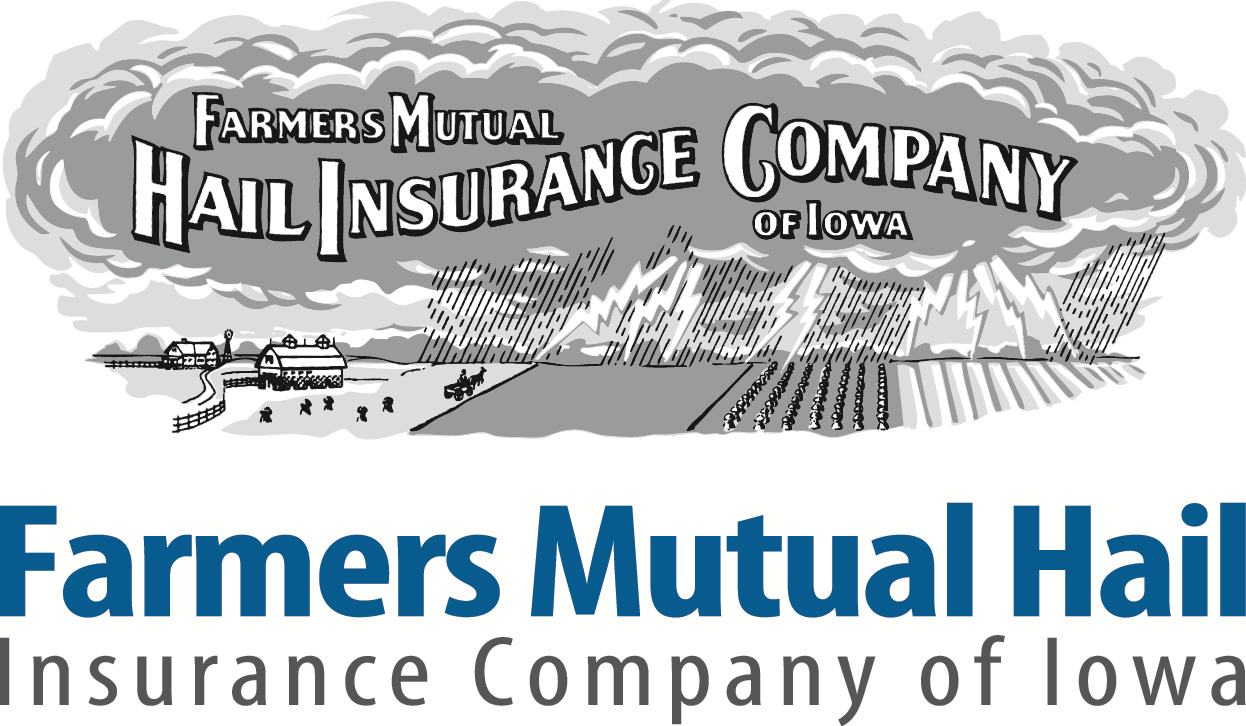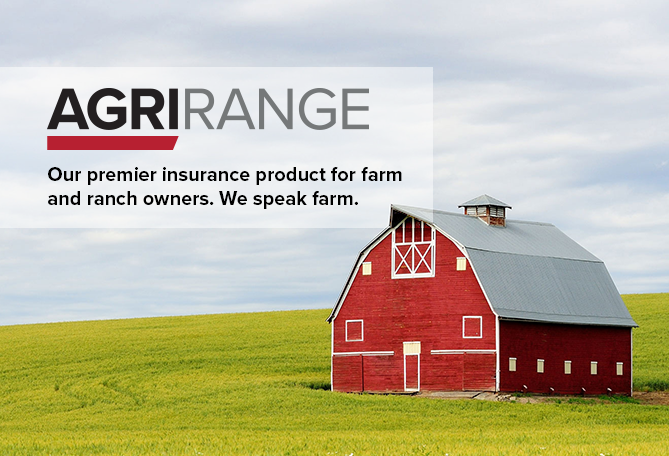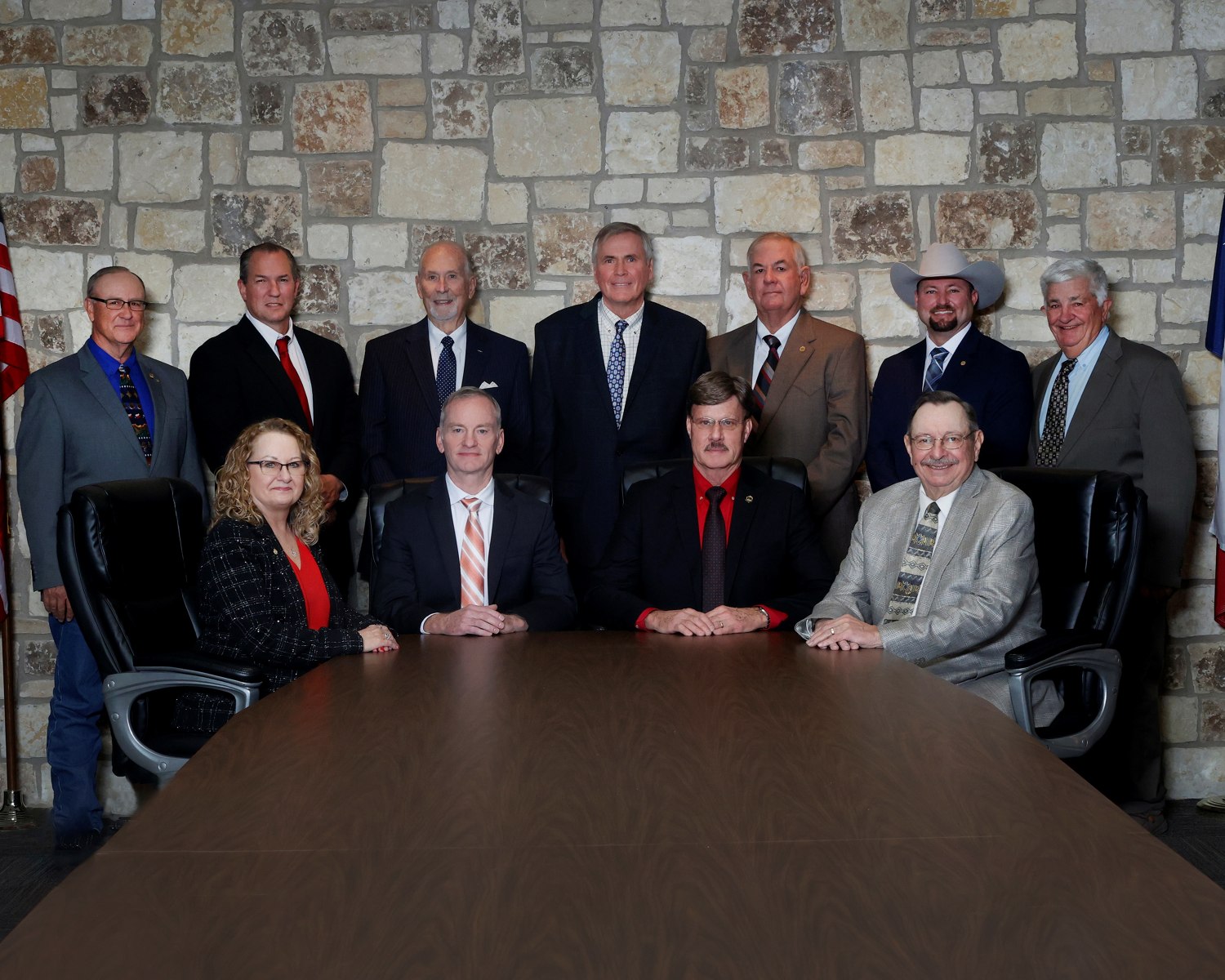Ranchers And Farmers Mutual Insurance Company

The agricultural landscape of the American West is a tapestry woven with resilience and risk. For over a century, the Ranchers And Farmers Mutual Insurance Company has stood as a critical thread in that tapestry, providing a safety net for those who feed the nation. However, escalating climate-related disasters and evolving market dynamics are testing the company's ability to maintain its bedrock promise: safeguarding the livelihoods of its policyholders.
At the heart of this challenge lies the intersection of rising insurance premiums, increasingly frequent extreme weather events, and the very viability of farming and ranching in a region already grappling with drought and economic uncertainty. This article delves into the complex realities facing Ranchers And Farmers Mutual, exploring its history, current struggles, and strategies for navigating a rapidly changing future. The analysis will incorporate data from government reports, industry publications, and expert opinions to provide a comprehensive understanding of the issues at stake.
A Legacy of Stability
Founded in 1922, Ranchers And Farmers Mutual emerged from the need for a reliable insurance provider attuned to the specific risks faced by agricultural communities. In its early years, the company focused on providing affordable coverage against common perils such as hail, fire, and livestock losses.
The mutual structure ensured that policyholders were also part owners, fostering a sense of shared responsibility and aligning the company's interests with those of its members. This model proved successful, and Ranchers And Farmers Mutual grew steadily, becoming a trusted partner for generations of farmers and ranchers.
Throughout the 20th century, the company adapted to evolving agricultural practices and expanded its product offerings to include coverage for crops, farm equipment, and liability. It weathered economic downturns and periods of drought, solidifying its reputation as a stable and dependable insurer.
The Gathering Storm: Climate Change and Increased Risk
The 21st century has brought unprecedented challenges to the agricultural sector, largely driven by the increasing frequency and severity of extreme weather events. Record-breaking droughts, devastating wildfires, and intense floods have become increasingly common, inflicting massive damage on crops, livestock, and infrastructure.
According to the National Oceanic and Atmospheric Administration (NOAA), the past decade has been the warmest on record globally, with significant implications for agricultural regions. These climate-related disasters have placed immense strain on insurance companies like Ranchers And Farmers Mutual, forcing them to reassess their risk models and increase premiums.
Higher premiums, in turn, create a vicious cycle, making insurance unaffordable for some farmers and ranchers, leaving them vulnerable to financial ruin in the event of a disaster. A 2023 report by the USDA found that uninsured losses in the agricultural sector have been steadily increasing in recent years, highlighting the growing need for affordable and accessible insurance solutions.
Navigating the New Reality: Strategies for Resilience
Faced with these daunting challenges, Ranchers And Farmers Mutual is actively exploring strategies to enhance its resilience and continue serving its policyholders. One key area of focus is improving risk assessment and modeling.
The company is investing in advanced technologies and data analytics to better understand and predict the impact of climate change on agricultural risks. This includes incorporating weather data, soil moisture levels, and historical loss data into its risk models to more accurately assess the likelihood and potential severity of future events.
"We are committed to utilizing the best available science to understand the evolving risks facing our policyholders," said Sarah Miller, CEO of Ranchers And Farmers Mutual, in a recent statement. "This will allow us to price our policies more accurately and ensure that we can continue to provide affordable coverage to those who need it most."
Diversification and Innovation
Another strategy being pursued by Ranchers And Farmers Mutual is diversification of its product offerings. This includes exploring new insurance products that address emerging risks, such as coverage for carbon sequestration projects and renewable energy installations on farms and ranches.
The company is also investing in partnerships with agricultural technology companies to promote the adoption of climate-smart farming practices. These practices, such as no-till farming and cover cropping, can help reduce soil erosion, improve water retention, and enhance the resilience of crops to extreme weather.
By incentivizing the adoption of these practices, Ranchers And Farmers Mutual hopes to reduce the overall risk profile of its policyholders and create a more sustainable agricultural system.
The Future of Agricultural Insurance
The challenges facing Ranchers And Farmers Mutual are not unique; they reflect the broader struggles of the agricultural insurance industry in a world grappling with climate change. The long-term viability of farming and ranching in the American West will depend, in part, on the ability of insurers to adapt and innovate.
Collaboration between insurance companies, government agencies, and agricultural communities will be essential to develop effective solutions. This includes investing in research and development, promoting the adoption of climate-smart practices, and creating a regulatory environment that supports the development of innovative insurance products.
Ranchers And Farmers Mutual, with its century-long legacy of serving agricultural communities, is poised to play a vital role in shaping the future of agricultural insurance. By embracing innovation and fostering collaboration, the company can help ensure that farmers and ranchers have the financial protection they need to thrive in a changing world. The stakes are high, not just for the company, but for the entire agricultural landscape of the American West.


















